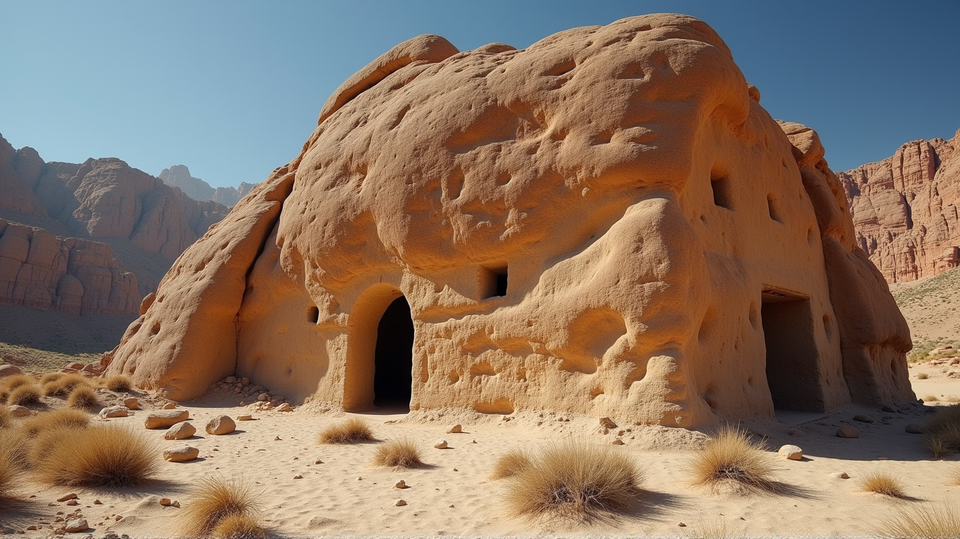Race Against Time: Saving China's 10,000-Year-Old Carvings

The ancient rock carvings of Helan Mountain in Yinchuan, China, are not only extraordinary in their age and artistry but are also on the brink of extinction. With over 20,000 carvings carved into the rugged terrain of the Gobi Desert, scientists are racing against time to preserve this irreplaceable cultural heritage.
Modern Techniques in Ancient Preservation
In the heart of this preservation effort is a cutting-edge digital archiving initiative. Spearheaded by Xu Xiaolong, this project aims to catalog and safeguard the carvings’ details using advanced technology. “Not only do we assess the current status of these centuries-old artworks,” Xu articulates, “but we also document previously undiscovered carvings to create a comprehensive digital archive.”
This digital documentation initiative is key, ensuring that even if weathering continues to erode the carvings, their images and details will be preserved for future researchers and historians—a technique poised to save the knowledge encapsulated in ancient stones.
Doors to the Past: Unearthing Ancient Life
The Helan Mountain carvings are more than mere relics; they are glimpses into the life and beliefs of ancient peoples. From hunting and herding scenes to symbolic representations, these artworks reveal the culture and spirituality of those who lived thousands of years ago. Particularly intriguing are two handprints believed to signify a pact, a testament to the continuity of cultural practices from then until today.
Battle with the Elements
Preserving these carvings is as much a fight against the elements as it is against time. The natural wear from wind and rain threatens their integrity. To combat this, scientists employ advanced preservation materials and construction of protective barriers. This pursuit balances conservation with public access as rising tourism interests bring additional challenges and opportunities.
Sacred Symbols and Their Creators
Believed to be more than art, these carvings might have been spiritual endeavors initiated by tribal leaders or shamans. Xu Xiaolong suggests these designs were critical to rituals, memorializing cultural beliefs while connecting with the divine. This perspective adds layers to the historical and spiritual significance of the carvings, enriching our understanding of this ancient civilization.
Engaging the World in Cultural Heritage
Public interest has spurred a wave of support for Helan Mountain’s preservation. In 2024, almost 900,000 people visited, engaged through tours and cultural events. As public interest grows, so does the hope that society will become active custodians of this world heritage, ensuring its survival for generations.
According to Indian Defence Review, this collective effort to save the rock carvings merges cutting-edge technology and age-old traditions, illustrating not just the fight to preserve art, but to save an entire history from fading into the sands of time.




